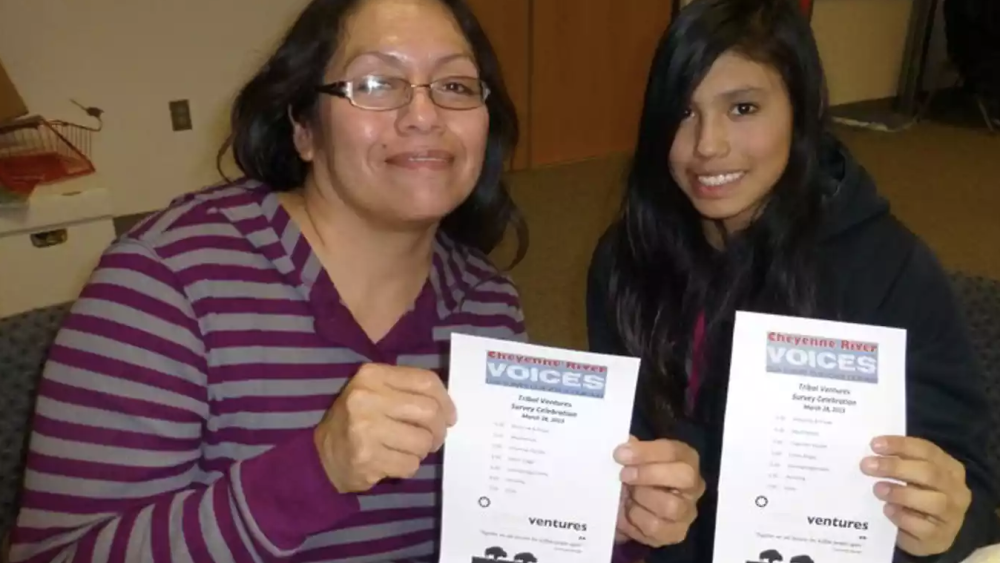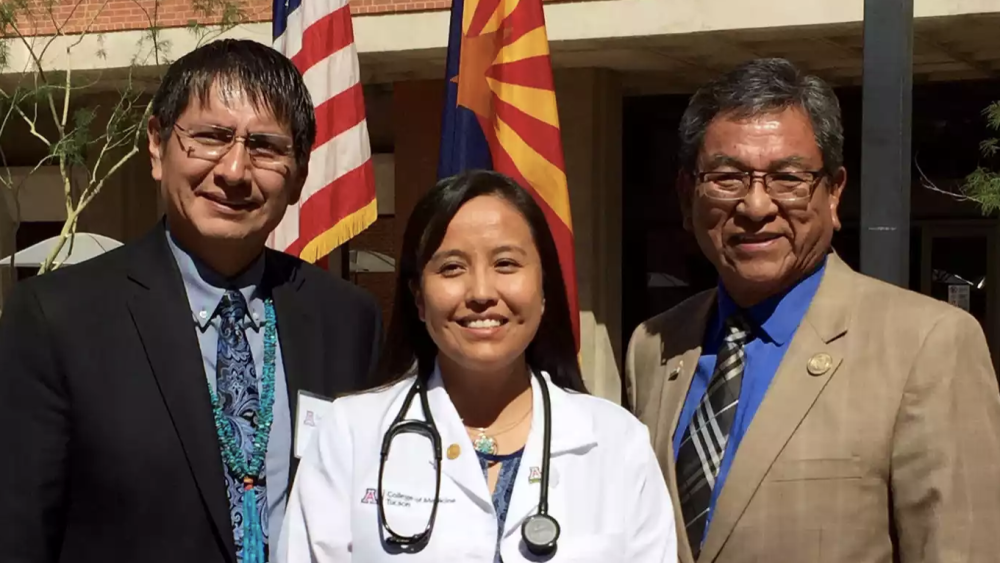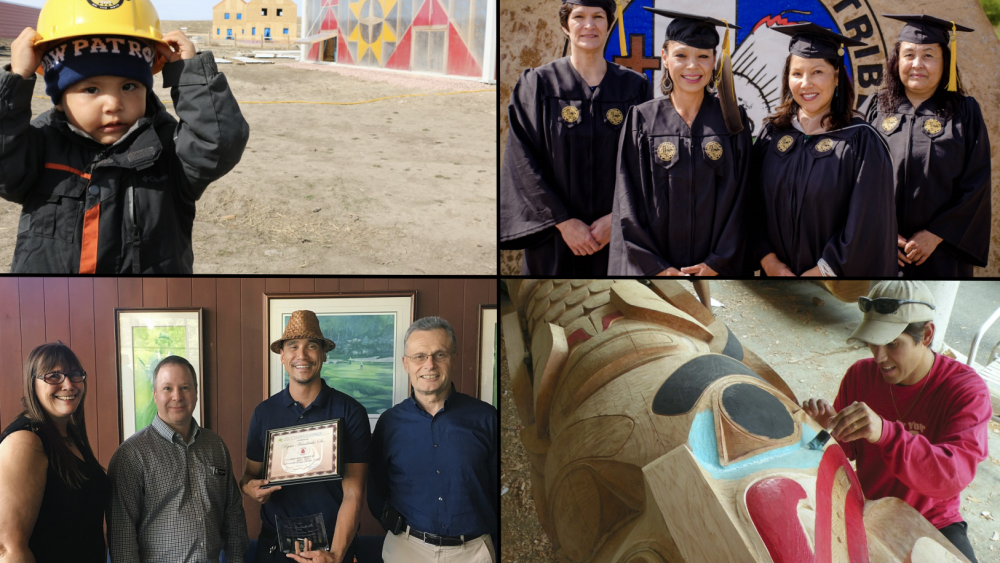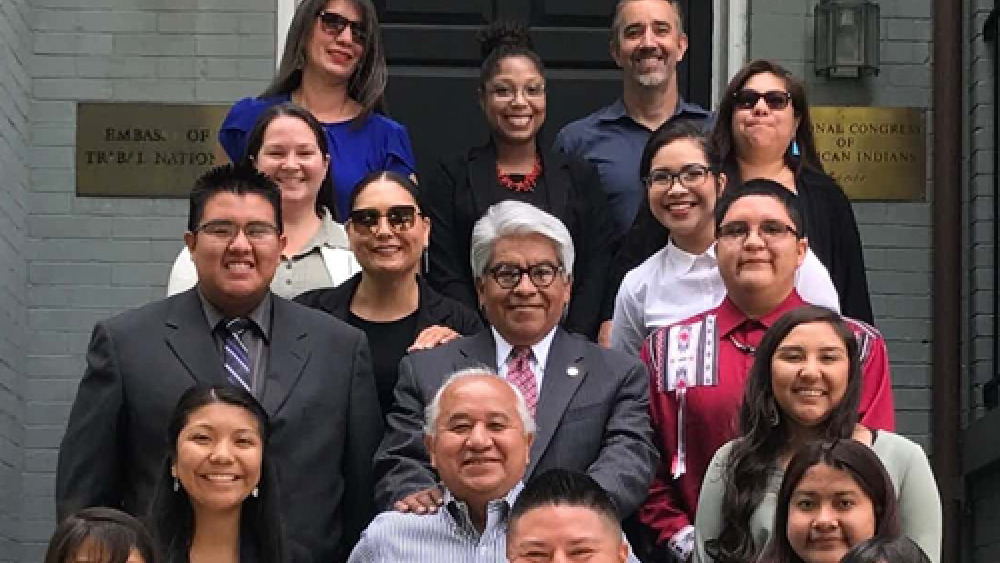In its multi-year project examining tribal workforce development approaches across the country, NCAI’s Partnership for Tribal Governance (PTG) worked to identify and document key foundational strategies that are empowering tribal innovation and, in turn, workforce development success...
Additional Information
NCAI’s Partnership for Tribal Governance. 2018. "Why strategic vision and integration matter to developing a tribal workforce." Indian Country Today. August 6, 2018. https://newsmaven.io/indiancountrytoday/opinion/why-strategic-vision-an…






